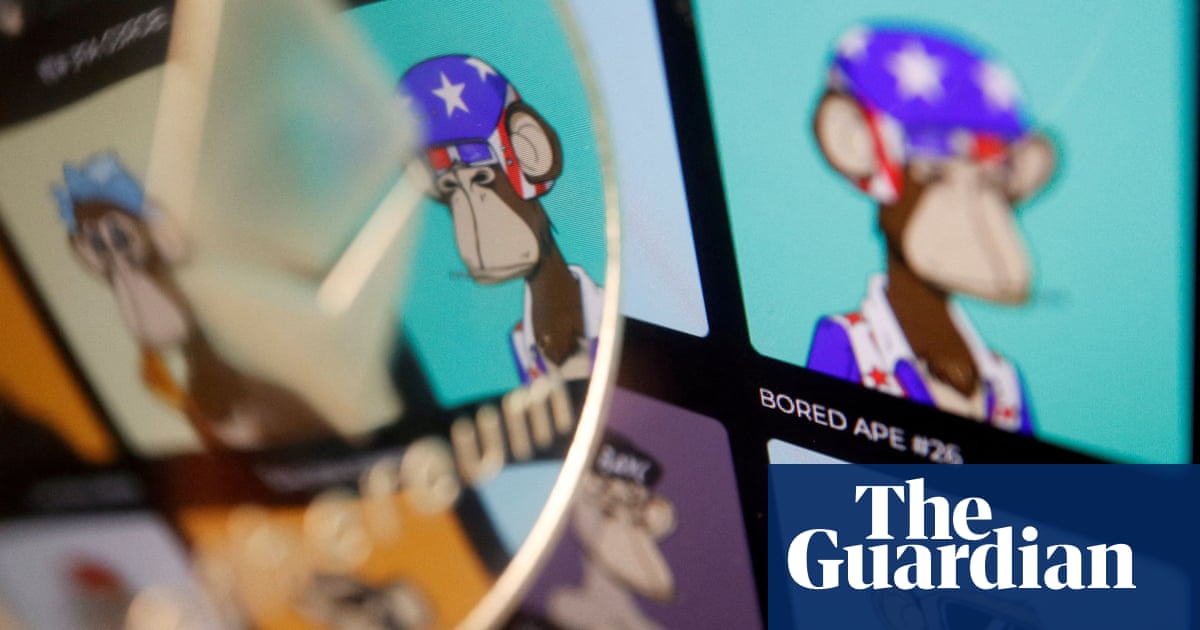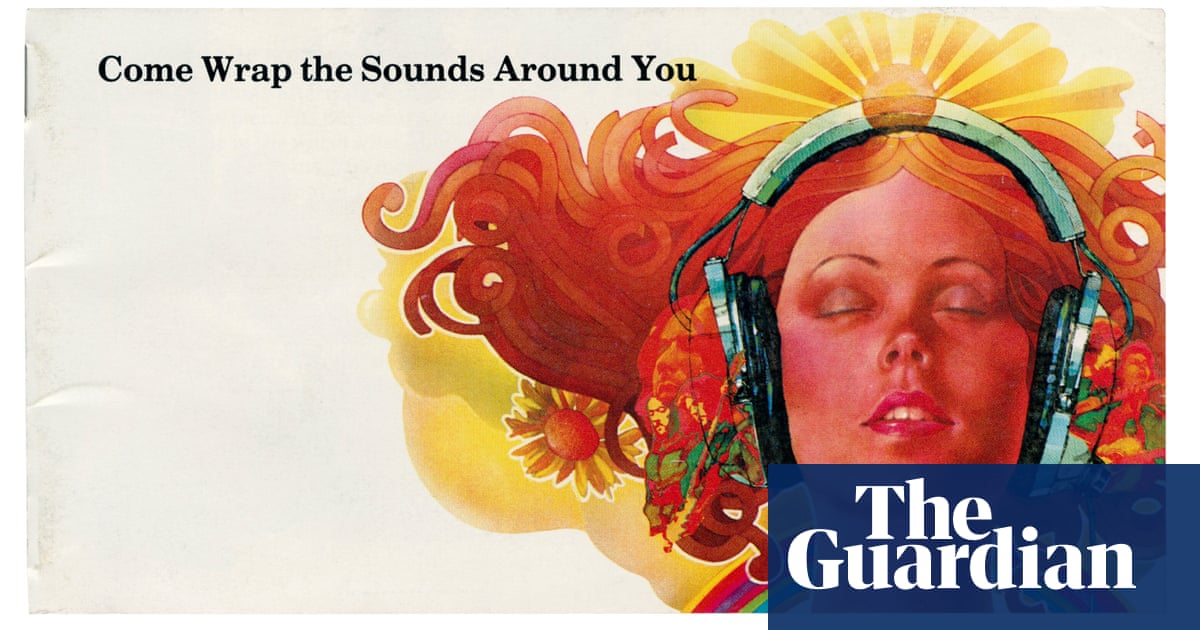
After Rupert Murdoch invested tens of millions of pounds in his digital publishing company in 2013, Shane Smith, boss of Vice Media, laughed at how much old media companies wanted his sexy young business. Acknowledging that they were being left behind, they would offer billions: “And we keep saying ‘no, no, no’”.
Soon afterwards, BuzzFeed’s Jonah Peretti, Smith’s closest rival for the attentions of both young eyeballs and wealthy older men, was in London to talk about plans for his own global domination. There is over-preoccupation with the money he said. He tried to avoid that, because, “then we’re not thinking about what the company is doing but what it’s worth”.
But now everyone is thinking about what Vice Media and BuzzFeed are worth; earlier this week Vice filed for bankruptcy protection, just a few weeks after BuzzFeed closed a news operation that once sought to rival the biggest names in news. Both digital media companies – once hailed as the future for news – are now worth a fraction of their one-time highs. Vice, valued at nearly $6bn soon after Murdoch invested, is expected to be bought for about $225m by its remaining lenders.
The reason for these sudden declines, occurring almost in tandem, is relatively simple, albeit still heartbreaking for all those who now face unemployment. Vice burned through all the money investors splashed on it and still had so much outstanding debt – $834m – that rising interest rates made its future unsustainable. Prizes and awards did not stop BuzzFeed struggling to make enough money.
What went wrong was not just a worsening economic climate, hubris and mismanagement, but also a payment system in which these two very different digital media darlings were set up to fail.
Remind yourself how different they were: Vice, spawned from a punk magazine until the internet gave it global reach, sent a basketball star to meet the leader of North Korea, Kim Jong-un. BuzzFeed, meanwhile, founded by a liberal Californian, wanted to be the New York Times of the web with a sideline in cat videos.
Both were fed by the idea that audience reach was all, and that digital advertising would be enough to pay for all the content being consumed by a generation groomed on the need for constant updates, or “hot takes” as Peretti called them. Social media companies born on the web sneered at the old media groups with their dirty print costs, and offered a link to younger readers who no longer read papers or watched TV. The fact that half of 18- to 34-year-old Americans came to Buzzfeed.com every month, according to Google Analytics research, made a loss-making site appear to be the future, despite the fact that those users failed to spend any money there. When they grew tired of the advertising that kept stopping their content, even the cat videos, the advertisers moved elsewhere.
The idea of youth as not just the future but the panacea was evident as long ago as 2014 when I visited Vice’s then achingly hip London base in Shoreditch. When Comscore figures suggested that the Guardian and other legacy media brands attracted more millennials than Vice.com, the company called the analysis “inaccurate”. More tellingly, senior advertisers said the fact that it was largely millennials who visited Vice, while lots of older people favoured legacy media, was more important.
Joseph Teasdale, head of technology at Enders Analysis, says some of the problems faced by the digital darlings during that formative time (the terrible technological teen years) were that they remained “good pitches still looking for a business plan”. Investors will happily splurge cash on the hope of future success, but only for a finite amount of time.
It is also clear that social media platforms such as Facebook and Google proved unreliable sources of funding. Without any real sanction, Facebook could simply switch its algorithm to stop promoting news stories, while Google had to be persuaded of the distinction and value of editorial versus advertising. Both BuzzFeed and Vice were among the first to grapple with and then be criticised for their own handling of this distinction. Meanwhile, Gen Z had moved on, its diminishing attention span now fixed on even shorter video content on Snapchat and TikTok.
Investors with money to spend are still willing to back new ventures offering information and news to the next generation, including one launched by Smith in the US and two in London, Tortoise and the News Movement. Earlier this month, the Messenger launched in the US with $50m and a founder, Jimmy Finkelstein, who wants an alternative to a too-partisan national news media.
While Vice and BuzzFeed were trying and failing to develop their own business plans, legacy media companies had to develop new ways to make money as circulation and advertising revenues declined. Faced with increasingly loud voices online, for some that meant a move towards more partisan media. Or, “news for angry old people”, as Roman Roy in Succession describes ATN, the Fox-like news channel the fictional family still owns after killing off two Vice-like media ventures.
If that’s all that is left after the money and tech men have finished experimenting with news online, then, young and old, we should all be angry.
Jane Martinson is a Guardian columnist












